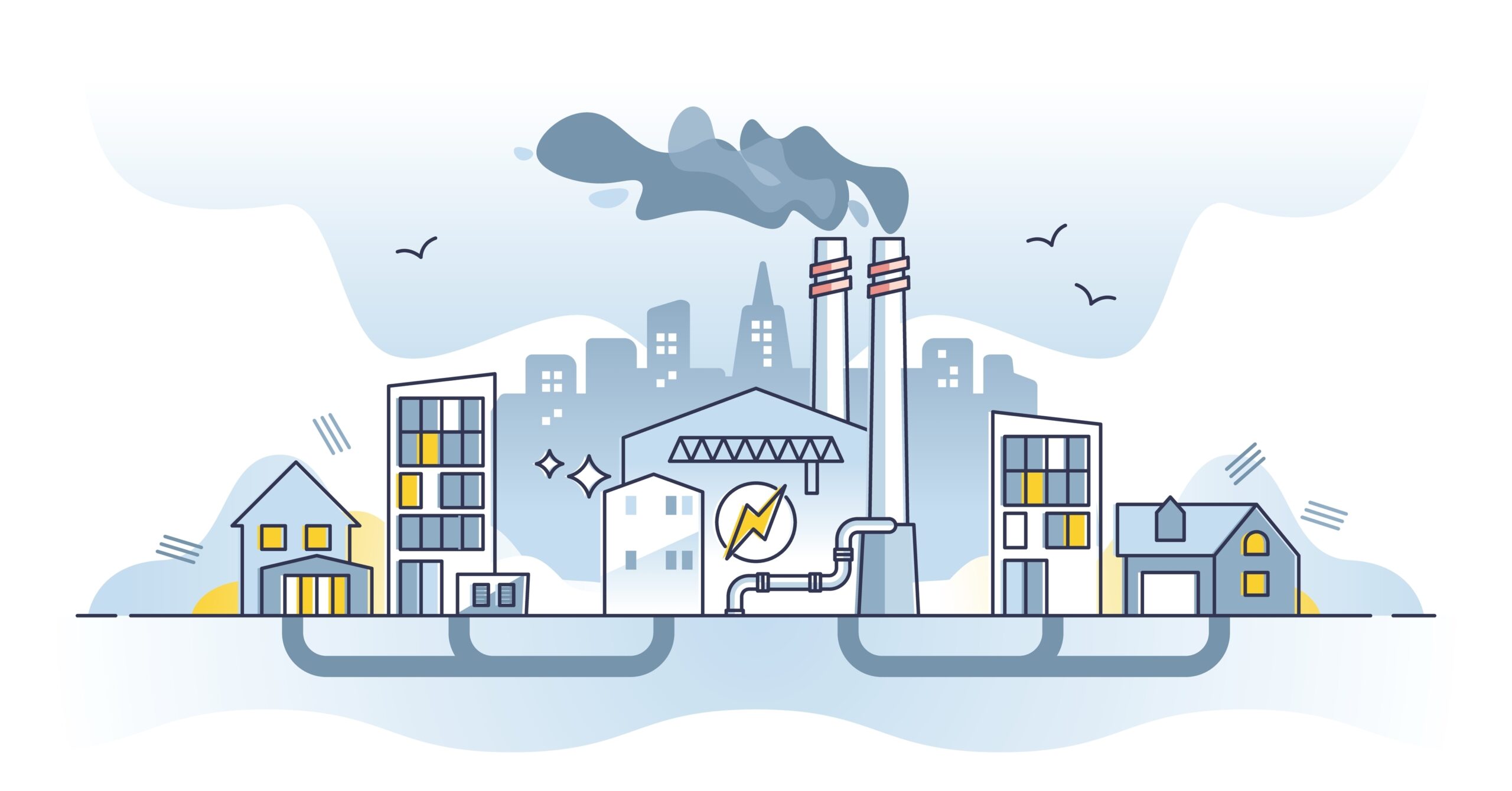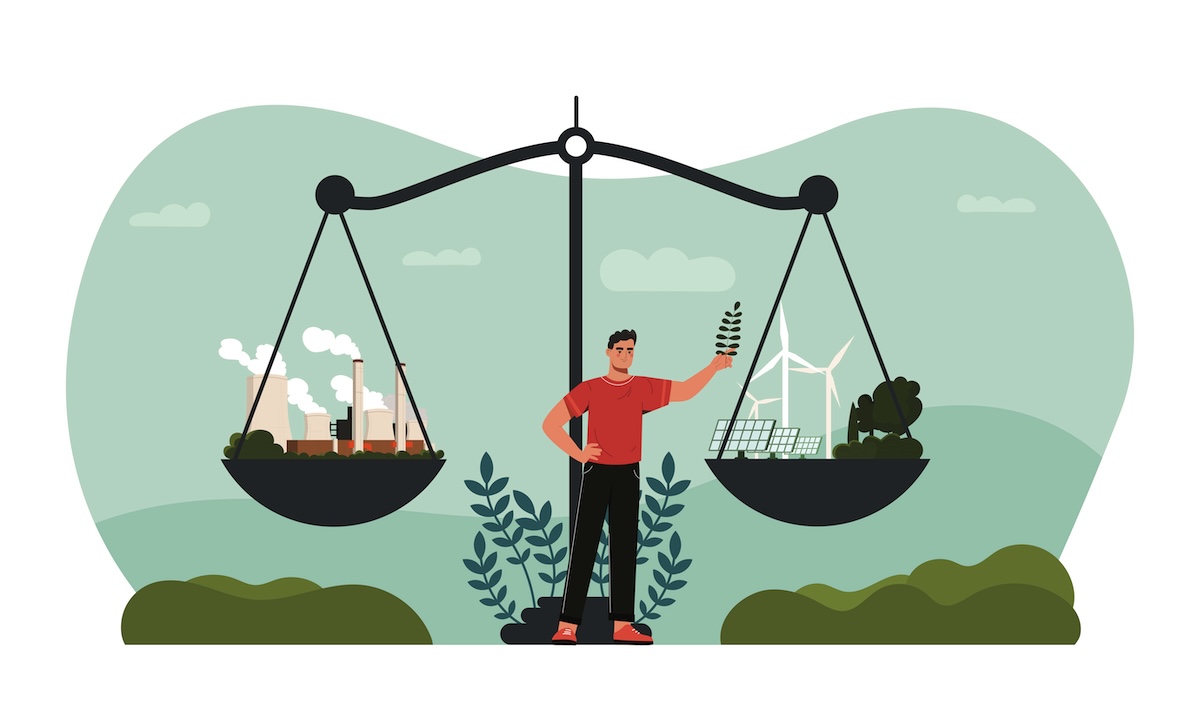Executive Summary
Voltage Optimisation has evolved from a tactical energy saving measure into a strategic tool for power quality management and operational resilience. Historically deployed to counteract overvoltage from the UK grid, its relevance in 2025 reflects a more complex electrical environment, shaped by European Harmonisation, changing load profiles, and increasingly sensitive equipment.
As businesses transition from legacy inductive loads to modern electronics, the benefits and risks of voltage control have shifted. While energy savings remain part of the conversation, the focus is now on equipment protection, compliance, and risk mitigation. This paper explores the changing role of ‘voltage optimisation’, the impact of grid voltage trends, and the comparative value of static and dynamic technologies. It also highlights the importance of site specific assessment, particularly in light of recent actions by District Network Operators (DNOs) to reduce grid voltage, which in some cases renders local optimisation unnecessary (or even counterproductive). Market data from leading manufacturers and analysts is used to illustrate how adoption has accelerated and diversified across sectors, and we address the critical role of bypass arrangements, maintenance access, and the need for independent consultancy support in ensuring long-term reliability and compliance.
Historical Context: From Overvoltage to Opportunity
Voltage optimisation first gained traction in the UK as a response to consistently high grid voltages. Prior to European harmonisation, the UK operated at 240V ±6%, while much of continental Europe supplied 220V ±6%. The harmonisation process, formalised under EN 50160, established a nominal voltage of 230V with a tolerance of +10%/-6%, allowing supply voltages between 216V and 253V.
Despite this alignment, UK voltages remained at the upper end of the permissible range due to legacy infrastructure and transformer settings. In this context, voltage optimization (typically via static step-down transformers), offered a straightforward route to energy savings. By reducing supply voltage closer to the design voltage of equipment, businesses could cut consumption, reduce heat losses, and extend equipment life. The benefits were most pronounced in inductive loads such as motors, fluorescent lighting, and refrigeration units, where power consumption scaled with voltage.
However, as the nature of electrical equipment has changed, so too has the optimisation landscape.
The Changing Nature of Electrical Loads
Over the past decade, commercial and industrial estates have undergone a significant shift in electrical load profiles. Legacy inductive loads have been replaced or supplemented by electronic devices with switch mode power supplies (SMPS), LED lighting, variable speed drives (VSDs), and IT infrastructure. These devices are designed to operate efficiently across a wide voltage range and often incorporate internal voltage regulation. As a result, the direct energy savings from voltage reduction are less pronounced.
Yet this shift has not completely diminished the strategic relevance of voltage optimisation. Instead, it has reframed its value proposition. Modern equipment may not draw less power at lower voltages, but it is often more sensitive to voltage fluctuations. Undervoltage can lead to erratic behaviour, premature failure, or increased harmonic distortion. In environments with high concentrations of electronic loads, maintaining voltage within a stable, optimal band is critical, not just for efficiency, but for operational resilience.
This has led to a growing preference for dynamic voltage optimisation technologies that can respond to real-time conditions and maintain voltage within a tightly controlled envelope.
European Harmonisation and Acceptable Limits
The harmonisation of voltage standards across Europe was intended to simplify equipment design and facilitate cross border trade. EN 50160 defines the characteristics of voltage supplied by public distribution systems, including frequency, waveform, and permissible voltage variations. The standard allows for a nominal voltage of 230V with a tolerance of +10%/-6%, meaning supply voltages can legally range from 216V to 253V.
While this range accommodates legacy infrastructure, it presents challenges for modern equipment. Many devices are optimised for operation around 220–230V, and prolonged exposure to voltages above 240V can lead to increased heat generation, reduced lifespan, and in the case of LED lighting, visible flicker or premature failure. Conversely, voltages below 216V may cause SMPS units to draw excessive current, increasing stress and potentially triggering shutdowns.
This creates a narrow operational sweet spot, particularly in environments with mixed load profiles. Voltage optimisation technologies must therefore do more than simply reduce voltage, they must stabilise it, adapt to load conditions and ensure compliance with both equipment tolerances and regulatory standards.
Risks of Undervoltage in Modern Environments
The risk profile associated with undervoltage has grown in prominence as electronic loads have proliferated. Unlike inductive loads, which typically tolerate a degree of undervoltage with reduced performance, electronic devices often rely on internal voltage regulation and are less forgiving. Undervoltage can lead to:
- Increased current draw, resulting in higher thermal stress
- Reduced efficiency and increased harmonic distortion
- Malfunction or shutdown of sensitive equipment
- Data loss or corruption in IT systems
- Reduced power factor and increased reactive power penalties
In facilities with critical operations such as data centres, healthcare environments, or manufacturing lines, these risks are unacceptable. Voltage optimisation must therefore be deployed not as a blunt instrument for energy savings as once was the case, but as a precision tool for power quality management.
Grid Voltage Trends and the Diminishing Returns of Local Optimisation
One of the more recent developments shaping the voltage optimisation landscape is the proactive reduction of grid voltage by certain District Network Operators. In response to decarbonisation pressures, grid balancing challenges and the increasing penetration of distributed generation, some DNOs have begun to lower nominal supply voltages across their networks. This is often done to reduce system wide energy consumption and accommodate voltage headroom for embedded renewables.
While this shift supports broader grid stability and carbon reduction goals, it has a direct impact on the viability of local voltage optimisation. In areas where supply voltage now sits closer to 230V (or even below), installing a fixed step-down optimiser may inadvertently push voltage below acceptable thresholds, introducing risk rather than benefit. In such cases, the business case for voltage optimisation becomes marginal and the potential for equipment stress or malfunction increases.
This underscores the importance of site specific assessment prior to installation. Voltage optimisation should never be deployed on assumption alone. A thorough review of incoming supply characteristics ideally over a representative period, must be conducted to determine whether optimisation is appropriate, and if so, which technology is best suited. Static systems may be unsuitable in low voltage areas, while dynamic units must be configured to avoid undersupply.
In 2025, due diligence is not optional. With DNOs actively managing voltage profiles and equipment tolerances narrowing, businesses must ensure that any voltage control device is deployed with full visibility of supply conditions, load sensitivity, and operational priorities. Strategic optimisation is no longer about universal application—it’s about targeted intervention, informed by data and aligned with risk.
Technology Landscape: Static vs. Dynamic Optimisation
Voltage optimisation technologies in 2025 fall broadly into two categories: static and dynamic.
Static voltage optimisers are typically step-down transformers configured to reduce incoming voltage by a fixed amount. They are simple, robust, and effective in environments where supply voltage is consistently high and load profiles are stable. However, they lack the ability to respond to fluctuations or adapt to changing conditions. In environments where supply voltage varies or where loads are sensitive, static units may inadvertently push voltage below acceptable thresholds, introducing risk rather than mitigating it.
Dynamic voltage optimisers, by contrast, incorporate automatic regulation mechanisms. These may include auto-transformers with tap-changing capabilities or thyristor-controlled systems that adjust voltage in real time. Thyristor based units offer the highest level of precision, capable of maintaining output voltage within a narrow band regardless of input fluctuations. They are particularly suited to environments with variable loads, sensitive equipment, or fluctuating supply conditions. It’s worth clarifying that these types of units cannot ‘boost’ voltage or ‘increase it’ as some marketing campaigns have inadvertently seemed to claim.
In 2025, the deployment of dynamic optimisation technologies has grown significantly, driven by the need for resilience, compliance, and operational assurance. While static units remain relevant in certain contexts—particularly where budget constraints or simplicity are paramount—the strategic value increasingly lies in dynamic systems.
Market Growth and Adoption Trends
The voltage optimisation market has seen substantial growth over the past five years. According to industry reports, the global market reached a value of $2.14 billion in 2024 and is projected to grow at a compound annual growth rate (CAGR) of 9.7%, reaching $4.96 billion by 2033. This growth is driven by rising energy costs, regulatory pressure, and the increasing complexity of electrical infrastructure.
In the UK, one installer alone has installed more than 1,100 units in the hospitality sector alone. Their turnover increased by many multiples in just over a year, reflecting the scale of adoption. Across the broader market, over 50,000 units were installed in 2024, with projections exceeding 65,000 installations in 2025.
Dynamic systems now account for over 40% of new installations, with thyristor-controlled units gaining traction in sectors such as healthcare, manufacturing, and data centres. Meanwhile, static systems remain dominant in small commercial and residential applications, particularly where supply voltages remain consistently high.
Maintenance, Bypass, and Compliance Considerations
As voltage optimisation becomes more embedded in site infrastructure, the importance of maintainability and compliance grows. In 2025, best practice dictates that any voltage optimisation installation (particularly in commercial or industrial settings) should include a wrap-around bypass arrangement. This allows the optimiser to be electrically isolated without interrupting supply to the building, enabling safe maintenance, replacement of faulty equipment, or compliance testing without operational disruption.
Conclusion
Voltage optimisation in 2025 is no longer a simple matter of installing a transformer and watching the meter slow down. It’s a nuanced, site-specific intervention that demands technical insight, regulatory awareness, and a clear understanding of how modern electrical loads behave. With District Network Operators actively adjusting grid voltages, and equipment tolerances narrowing across sectors, the risks of undersupply, inefficiency, and reputational damage are real. Static systems may still have their place, but dynamic technologies and the strategic thinking behind them are increasingly essential.
This is where independent consultancy becomes critical. Businesses need more than a product, they need a partner who can assess, advise, and align voltage control with broader energy and compliance strategies.
Hawley Energy provides exactly that: a consultancy-led approach that builds around existing strengths, mitigates risk, and delivers clarity in a crowded market. From feasibility assessments to technology selection, bypass design, and long-term maintenance planning, our team ensures that voltage optimisation would support and not undermine your operational goals.
For more on how we approach energy resilience, compliance, and strategic optimisation, visit hawleyenergy.co.uk. We don’t just install equipment, we help you make confident, informed decisions about your energy future.
Call Hawley Energy now on +44 (0) 1484 929545 or email hello@hawleyenergy.co.uk for more information.








